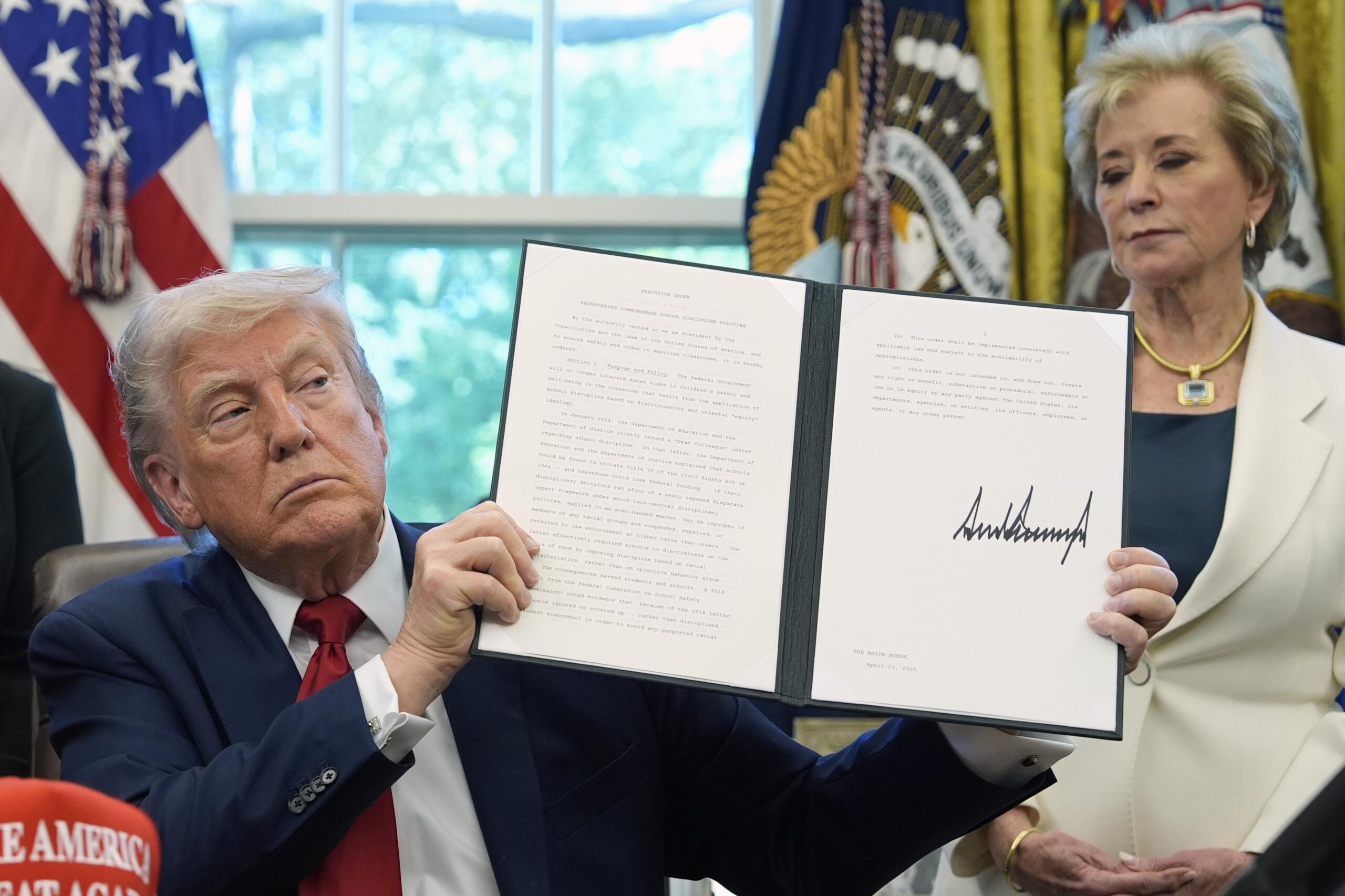
The landscape of educational policy in the United States has long been a battleground for debates surrounding diversity and inclusion in schools. Recently, a significant legal development has reshaped the future of school diversity initiatives. A court ruling has struck down guidance issued by the Department of Education that aimed to promote and regulate school diversity programs across states. This decision signals a potential shift in how educational institutions approach diversity and equity, with implications that will ripple through policymaking, school administration, and community engagement.
The Background of the Legal Battle
The controversy originated from the Department of Education’s efforts to encourage schools to implement diversity initiatives as part of broader educational goals. The guidance provided frameworks and recommendations for schools to foster inclusive environments that reflect America’s diverse population. However, opposition quickly arose from critics who argued that such guidance overstepped federal authority, infringing upon states’ rights and parental control over education.
The legal challenge culminated in a lawsuit filed by groups and individuals who believed that the guidance was politically motivated or unconstitutional. After lengthy deliberation, a federal judge reviewed the case and ultimately concluded that the Department’s guidance lacked the legal standing to enforce or mandate diversity programs, leading to the decision to invalidate it.
The Court’s Ruling and Its Legal Reasoning
Key Points of the Decision
- Overreach of Federal Authority: The judge determined that the Department of Education exceeded its legal boundaries by issuing guidance that could influence local school policies without proper legislative support.
- Absence of Binding Regulations: Unlike regulations, guidance documents are not legally binding. The court found that the Department failed to demonstrate that this guidance had the force of law, rendering it invalid.
- Potential Violations of State Rights: The ruling emphasized respecting states’ authority to manage education policies, asserting that federal agencies should not impose directives that interfere with state or local control.
Implications of the Ruling
This decision effectively removes the federal push for uniform diversity strategies across schools, leaving states and individual districts to determine their own policies. The ruling also casts a shadow over similar future guidance documents, prompting agencies to re-evaluate their approaches to policy advocacy and recommendation issuance.
Reactions from Stakeholders
Supporters’ Perspective
Proponents of the ruling argue that it restores the constitutional balance, ensuring that federal agencies do not overstep their mandates. They believe that local communities and states should have the primary say in shaping education policies that reflect their unique demographics and values.
Critics’ Concerns
On the other hand, critics contend that the invalidation of the guidance undermines efforts to promote school diversity, which they see as vital for fostering equitable educational opportunities. They warn that without federal encouragement, many schools might lack the motivation or resources to implement meaningful inclusivity measures.
Furthermore, some advocates warn that this ruling could reinforce systemic inequalities by encouraging policies that neglect the needs of marginalized groups.
What It Means for Schools and Education Policy Moving Forward
Decentralization of Diversity Initiatives
With the federal guidance nullified, the responsibility for advancing diversity and inclusion in schools now primarily rests on state governments and local education agencies. This decentralization might lead to **varying standards** across different regions, creating disparities in educational experiences.
Potential Challenges and Opportunities
- Challenges:
- The risk of some districts neglecting diversity initiatives due to lack of federal support or political opposition.
- Increased variability in the quality and scope of diversity programs.
- Legal and policy uncertainties as schools navigate this new landscape.
- Opportunities:
- Greater autonomy for states and districts to craft policies tailored to their communities.
- Encouragement for innovative local approaches to diversity and equity.
- Potential for community-led initiatives that resonate more deeply with local values.
Legal and Political Ramifications
This landmark ruling underscores the growing tension between federal authority in education and states’ rights. It raises questions about the scope of federal influence in shaping school policies and the limits of administrative power. Politically, the decision is likely to energize both supporters and opponents of federal intervention in education matters, potentially influencing upcoming legislative debates and administrative actions.
Broader Impact on American Society
The court’s decision touches on broader societal debates about identity, equality, and the role of government in addressing historical inequities. As the nation grapples with questions of racial justice and social cohesion, this ruling could slow or reshape efforts aimed at fostering more inclusive schools, which serve as microcosms of society’s diversity.
It also serves as a reminder that education policies are often intertwined with contentious political debates, and legal decisions can significantly alter the direction of these efforts.
Conclusion: An Era of Uncertainty and Change
The invalidation of the Department of Education’s guidance on school diversity programs marks a pivotal moment. While it emphasizes respect for state sovereignty and limits federal overreach, it also challenges communities and policymakers to find new ways to promote inclusivity without federal directives. The road ahead will require careful navigation to balance local control, social equity, and educational excellence in an increasingly diverse society.
As the debate continues, one thing remains clear: education remains a crucial arena where societal values are contested and shaped. The outcomes of this legal decision will influence not only policies but also the fundamental aim of ensuring all students have access to equitable and meaningful learning environments.
For more updated news please keep visiting Prime News World.








